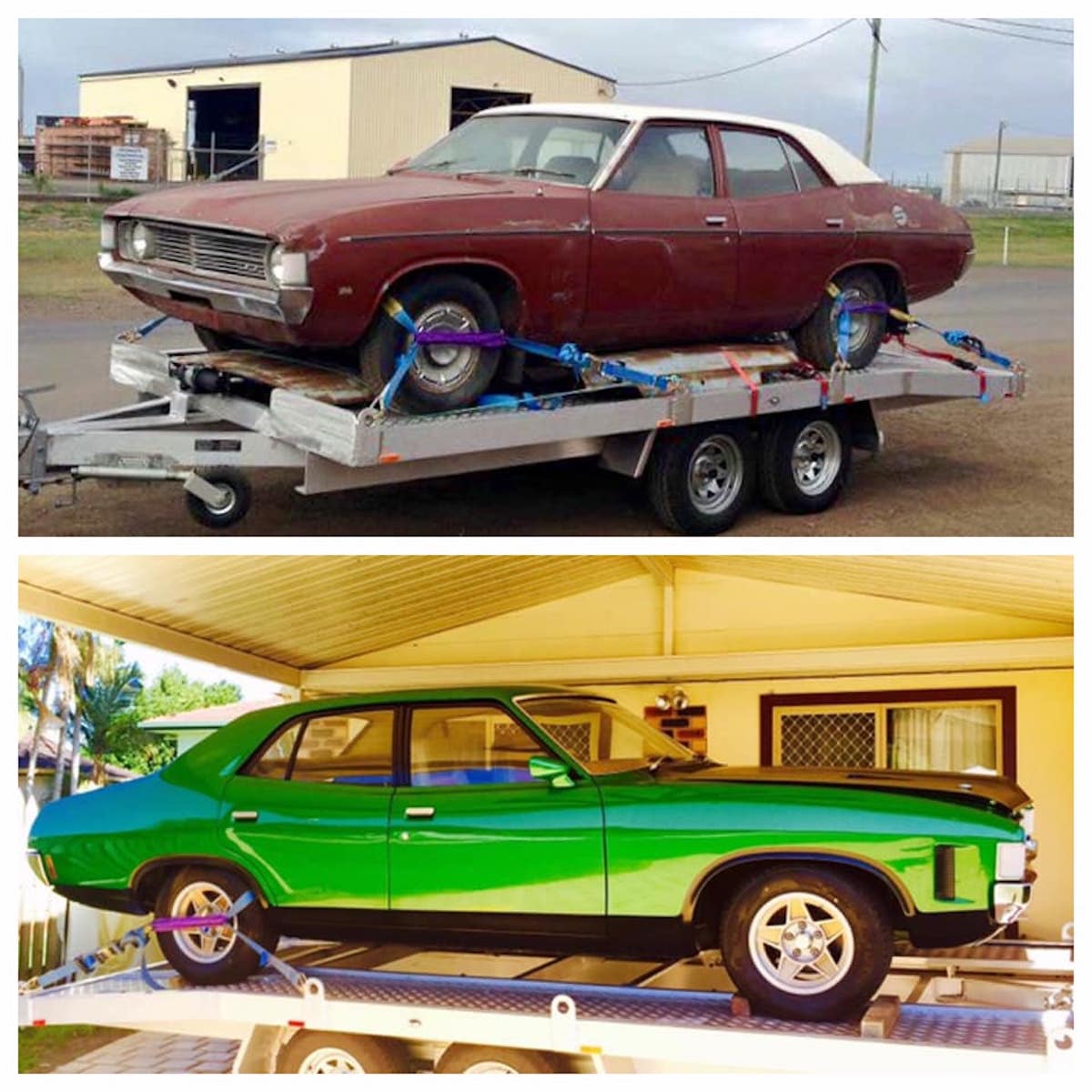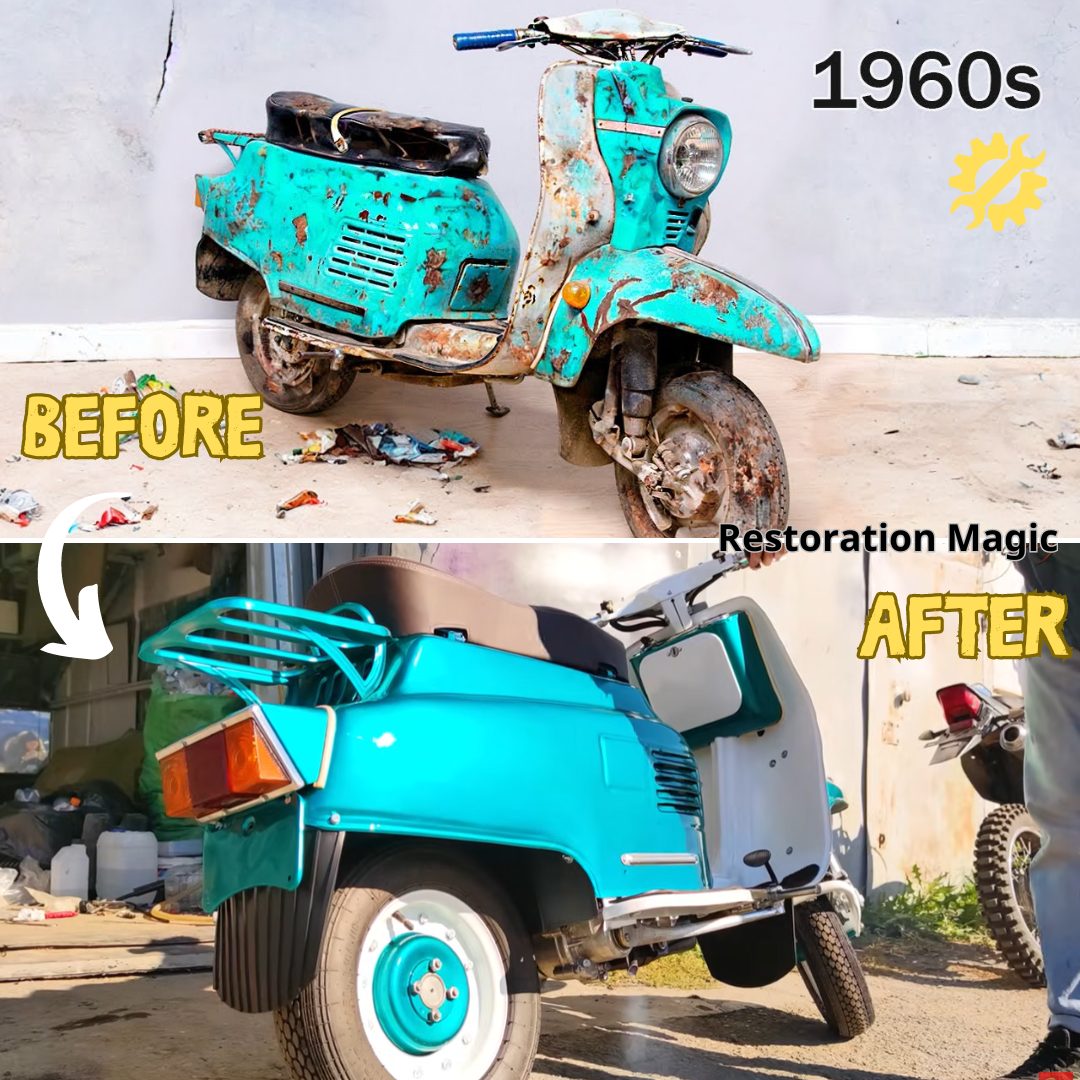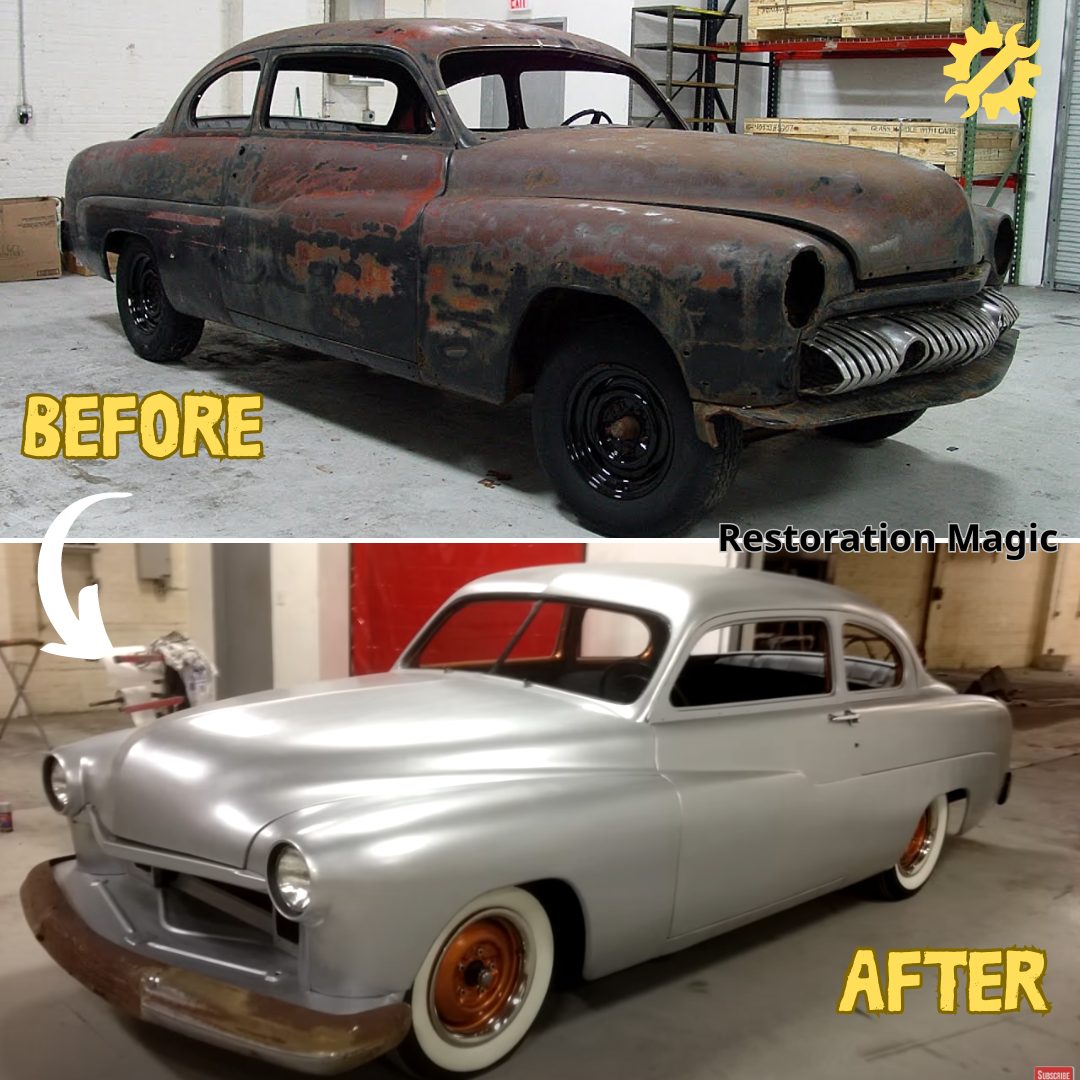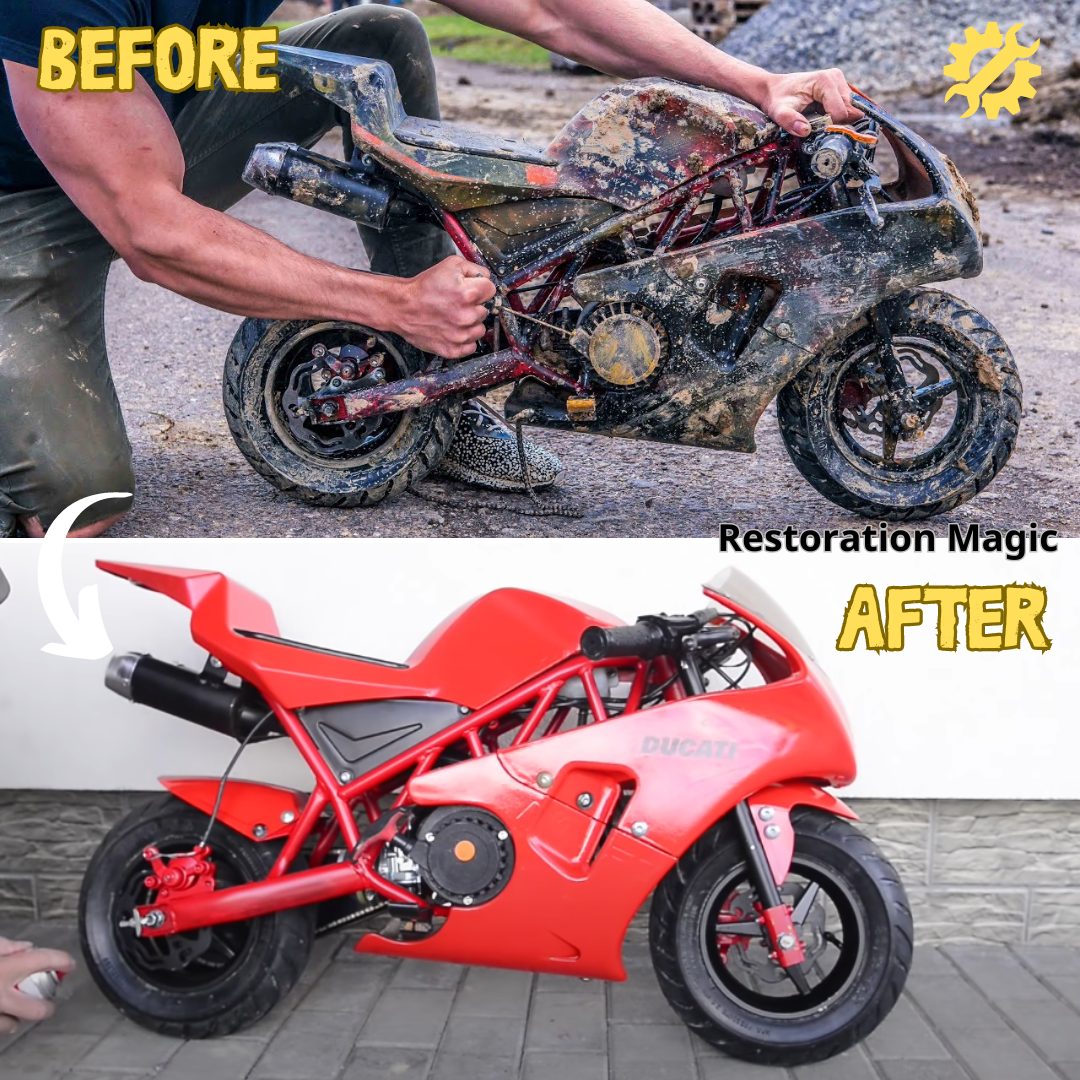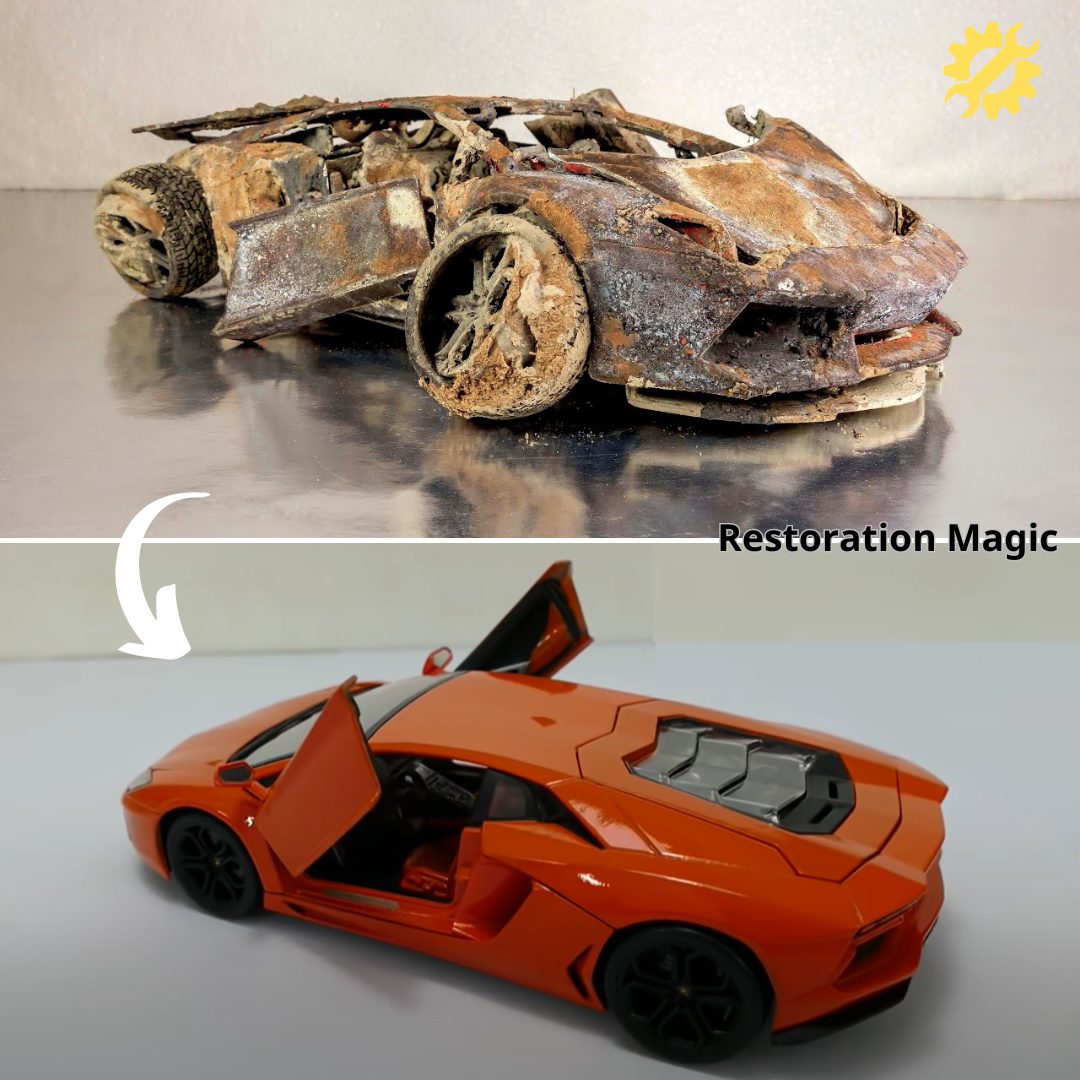If a classic Jaguar is on your wishlist, then there’s no better place to go shopping than CKL Developments. James Fraser, their resident Jaguar expert, walks us through the XK family tree.

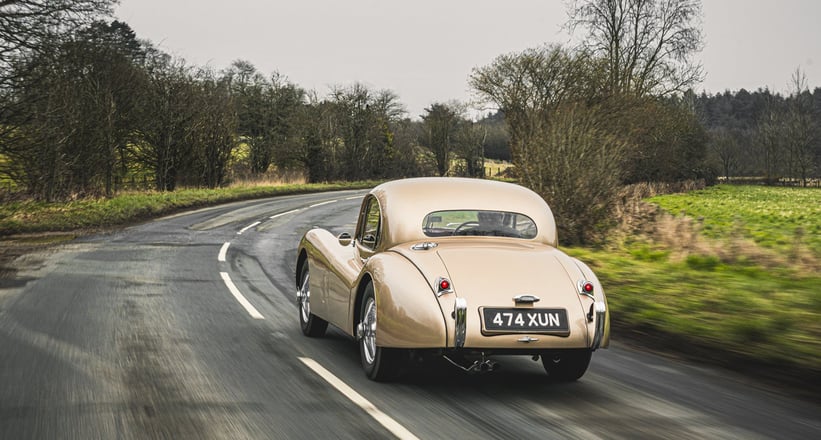

The Jaguar XK120, XK140, and XK150 are three of the most iconic British sports cars ever produced. Straddling the line between grand tourer and outright sports cars, these Jags may seem similar at a glance, but take a closer look and some fantastic insights into the history of Jaguar and sports car development in general are revealed. Don’t take our word for it, though, because with the help of CKL Developments and their resident expert, James Fraser, we’ve gathered a triumvirate of XKs, each in one of the three different body styles, to walk through the evolution of the big cat.

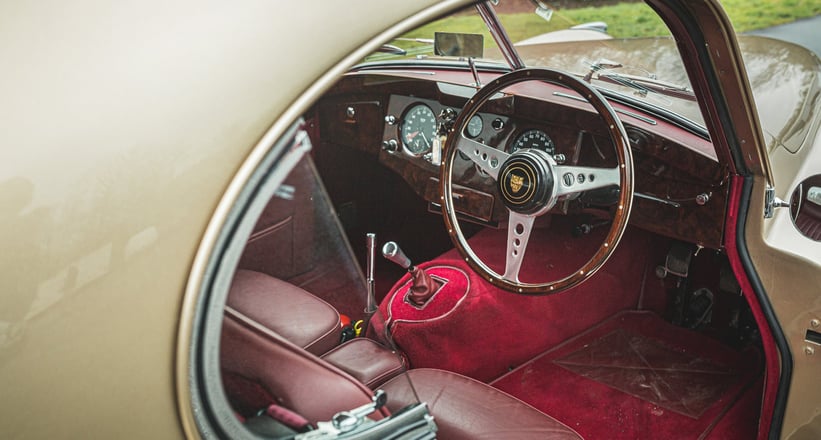

James, thank you for chatting with us today. The XK120 was the starting point for the legendary XK lineage, tell us a bit more.
“The XK was revolutionary when it was launched, both in terms of styling, performance, handling, and particularly value. The public were really surprised at how Jaguar could produce cars that looked amazing and were genuinely capable of 120mph for the price. The XK120 was much cheaper than any Aston, or Ferrari at the time, and it still boasted fantastic performance.
“The styling was revolutionary too, as Britain was still recovering from WW2, many of the cars being released at the time still had essentially pre-war designs, such as the Jaguar Mark IV and Mark V, for example. Then the XK120 came along with its gorgeous 6-cylinder double overhead camshaft engine, which not only looked beautiful, but crucially was able to back up the marketing statements with its on track performance. For instance, they had a fighting chance of winning Le Mans in 1950, running as high as second at the 15th hour — keep in mind that these were basically privately entered production cars with some tuning provided by the factory. It was the performance of these cars at Le Mans that gave William Lyons the confidence that he could win, which he did with the C-Type in 1951.”



The XK120 almost strikes me as a concept car that made it into production…
“It’s interesting you say that – the XK120 was never meant to be a large-scale production car. It was really only intended to be a showcase for the engine that would go into the Mark VII. Jaguar went through several iterations of the design, some of the earliest attempts are actually pretty horrible (laughs). Thankfully, William Lyons had them produce full-sized mockups so he could walk around the car and assess the designs. The earliest cars were hand built out of aluminium over ash framing, which reflects that they only intended to build a couple hundred cars at most. When they realised the scale of the success that they had with the XK120, they quickly moved to mass production and began building cars with pressed steel bodies, although the boot, bonnet and doors remained in aluminium.”



Why might someone choose this over an XK140 or XK150?
“They each have their following, but I suppose the 120 is the car for the purist- it has the cleanest lines, and it’s obviously the first of the series. Of the three cars in the 120 range, the fixed head is the one many people say is the most beautiful, with the cockpit and swooping belt line taking visual cues from the Bugatti Type 57SC Atlantic. The roadster is the one people gravitate towards because of the competition history, that’s the race car.
“This particular car’s previous owner wanted to rectify some of the shortcomings of the earlier XKs, such as steering and brakes. This car has disk brakes and a rack and pinion steering system. Obviously, that takes away from originality, so this car in its current form wouldn’t be suitable for historic racing or rallying. However, as a road car it’s really great and usable.”

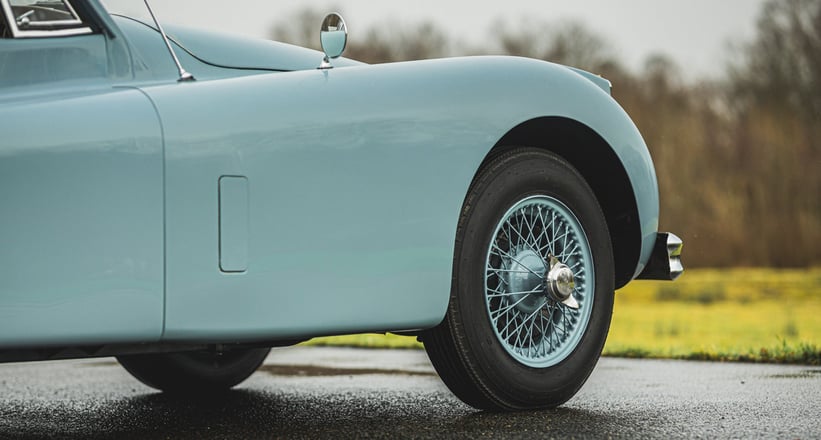

Moving on to the XK140, how does it differ from the XK120?
“Jaguar applied what they had learned from the XK120 to the XK140 range. They moved the engine forward for more space in the cabin, and upgrading to a steering rack was a huge advantage too. The XK140 retained the flowing wings, and it kept some of the XK120’s graceful lines, however, the heavier bumpers and cast grille slightly detract from the original concept.”



Some say the XK140 suffers from awkward middle child syndrome, why is the XK140 DHC actually a sweet spot?
“The drop head really has the best of both worlds. It’s an open top, so you can enjoy the top down in the summer, and if the weather turns, you have a proper roof with wind up windows. It’s more spacious, the cabin is more luxurious — The 140 DHC is a great all round car, and a few years ago they were incredibly popular because they ticked so many boxes.
“This example is one of very few that haven’t been restored. The interior is just to die for — it’s a lovely aged leather that’s still fantastically supple. Remarkably, the hood on this is original, and you can put it down, unlike some other original XKs where the hood will likely crack if folded. It has very low ownership, and it’s LHD, so it’s ideal if you want to do some touring on the continent. Overall, it’s a really lovely, original example, but one that you shouldn’t be afraid to use. At the moment, the market is valuing originality, in particular “first paint” cars like this one, so it has the potential to be a great investment.”

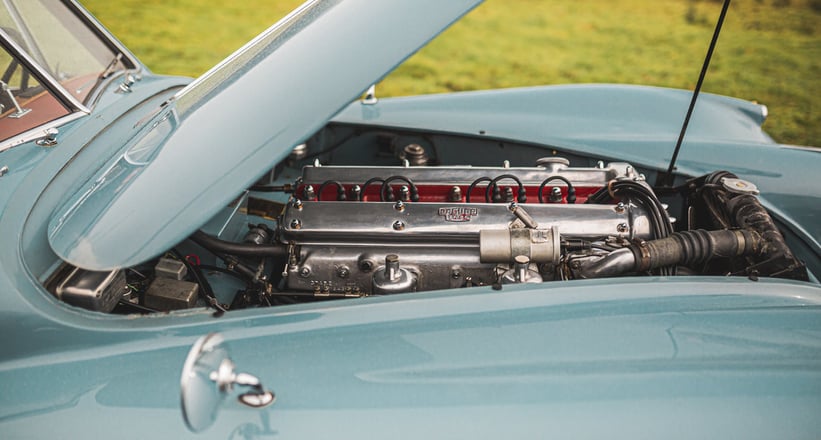

What was the philosophy behind your reconditioning of this car and who might it appeal to?
“We have extensively reconditioned the engine, brakes, suspension, and we’ve cleaned the engine bay. It was delivered new to America, and belongs to a significant Jaguar collector. He had it in Switzerland but didn’t use it very much, so he asked us to recondition it properly. He’s the third owner, and it did very little mileage in the USA. It’s such a lovely colour, and the originality is almost impossible to beat, hence why we only cleaned the hood, as opposed to restoring it. It has a Moss gearbox, but because the car hasn’t done many miles, it’s actually in great condition and easy to operate.
“I think this car would be for somebody who wants to carefully use it. While it’s not a museum piece, I wouldn’t take it rallying or racing, but this is definitely a car that should be driven. This car is for someone who appreciates originality and wants to smell the leather, look at the paint, and know that’s more or less how they left the factory back in the 50s. Finding a car in this condition is incredibly rare, so someone who appreciates that should look at it closely.”
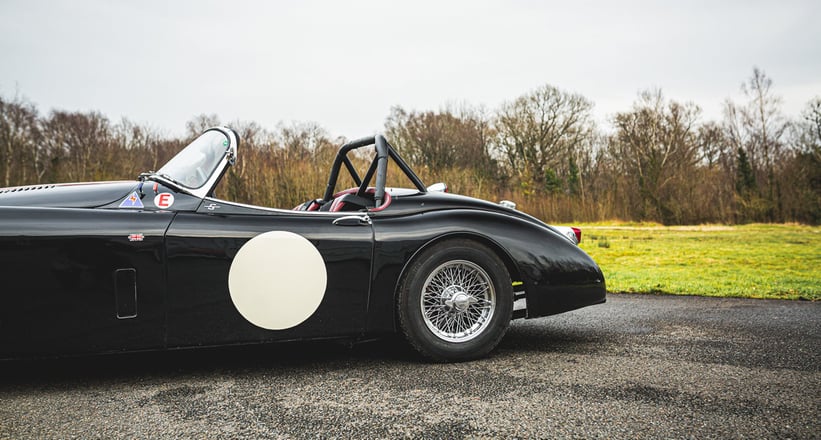
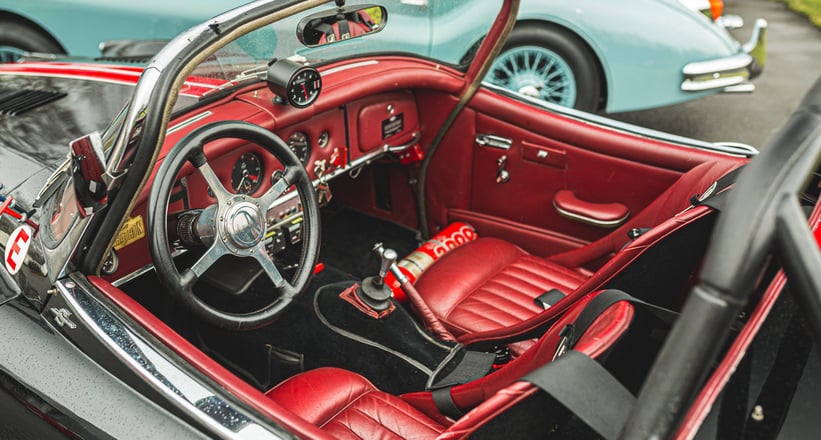
And lastly, we come to the XK150 — this is the latest and most advanced of the three, how does it differ?
“It’s an interesting car! When the 150 came along, it had evolved and become quite a bit bigger, but you had the same three body styles again. It was the first production car to be fitted with disc brakes as standard, which I believe was a world first, and it also had a wraparound windscreen for much better visibility.
“However, one of the problems with a bigger car is they’re heavier, so Jaguar introduced the S variant, which initially had a 3.4-litre straight six with modified cams and triple carburettors. They then increased the engine size as well, so the ultimate driver’s XK150 is the 3.8 S, which is really a phenomenal car. Considering the size and weight, it’s more of a grand tourer rather than an out and out sports car.”

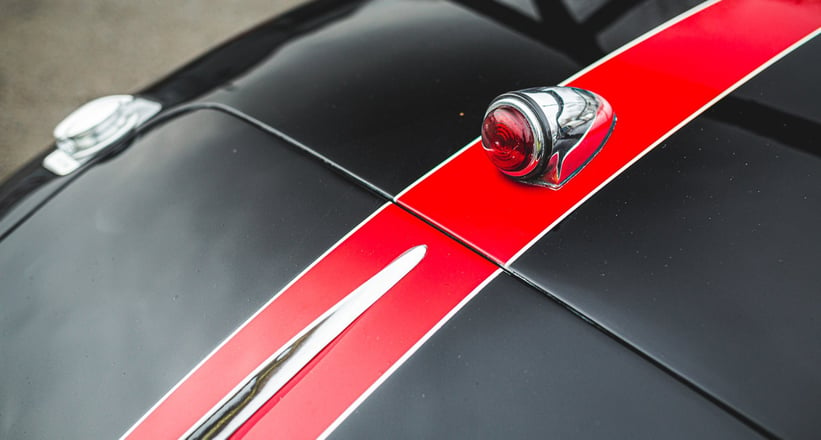
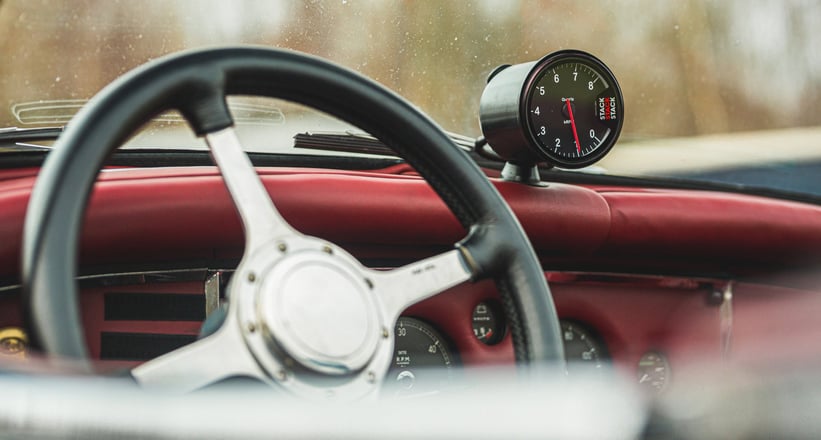
This particular XK150 is obviously the raciest of the bunch, can you tell me a bit more about how this car’s restoration compares to the others?
“This started life as a standard roadster that was modified to S spec. All this work was done about 20 years ago, when it was very effectively uprated for competition use. It was fitted with a Les Trafford engine and it went on a significant diet to prepare it for racing. All this work would certainly cost a lot to do today, you’d probably have to spend around 80,000 pounds. This example was a pretty well-known race car in the XK series. It competed a lot, during which time a number of people really cut their teeth racing it, and it was fairly successful. It doesn’t have FIA papers at the moment, but it would be relatively easy to get them.”
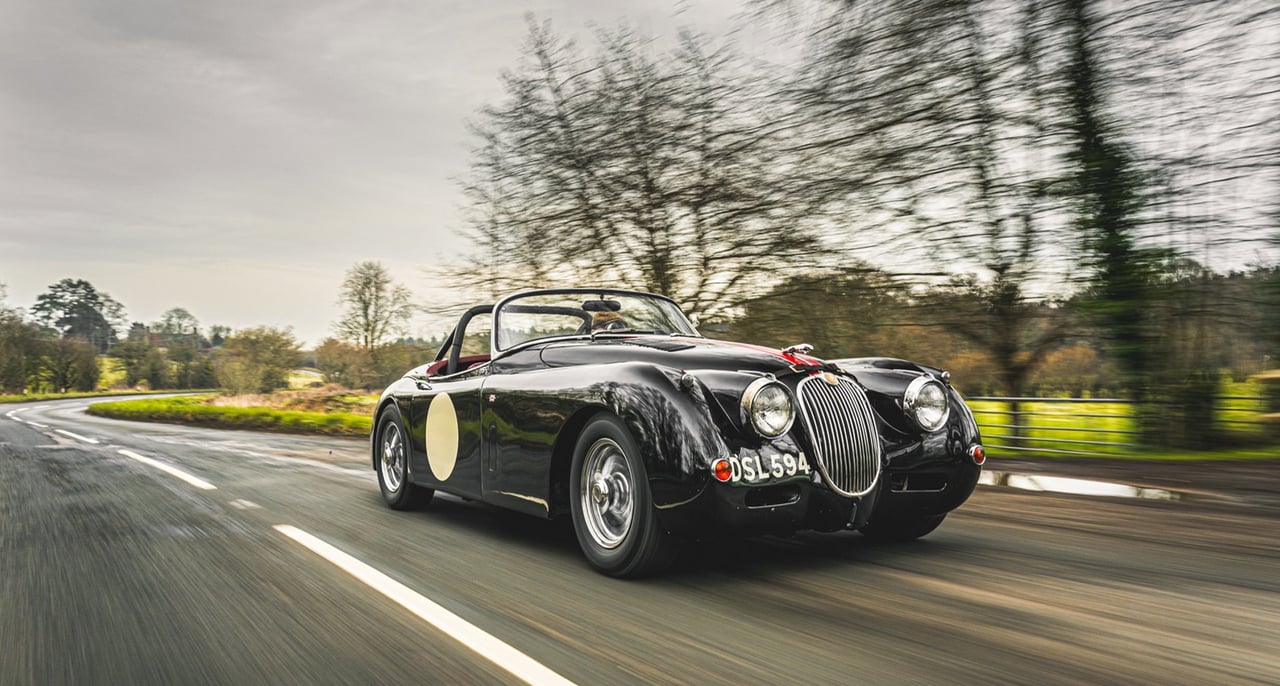

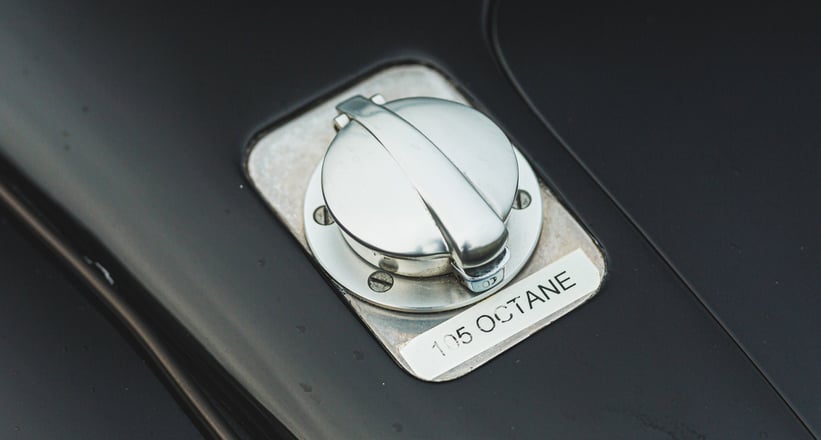
Finally, who is the right buyer for this car?
“The great thing about this XK150 is that it comes with all the original equipment. At the moment, it doesn’t have its bumpers fitted, and the hood isn’t on the car, but it could quite easily be reconfigured as a seriously fast road car, which would be great for touring or road rallies.
“Alternatively, I think it would suit someone who wants a very potent race car to enter into historic racing. It might not be eligible for everything, but it would get you into a lot of events where you could have a huge amount of fun. The combination of the tuned engine and disc brakes allow you to get up to speed quickly with the confidence that you can stop when you need to! So if you want something fun for the track, and something fast for the road, particularly on the continent given that this car is LHD, this would be a great choice.”



“In the XK range there’s something for everybody. The XKs are core to Jaguar’s DNA and pedigree. They’re extremely usable, the parts availability is fantastic, so is the club support, and there are hundreds of meets and tours to get involved in. Overall, all three of these XKs would be a fantastic way to get into classic motoring, and you can do so safe in the knowledge that there’s a huge community supporting you.”
Photos by Rob Cooper for Classic Driver © 2022
